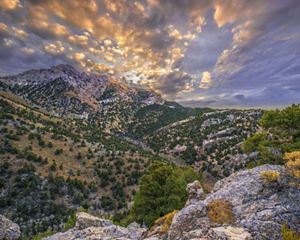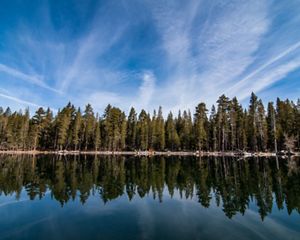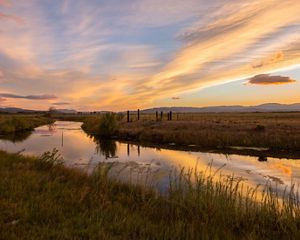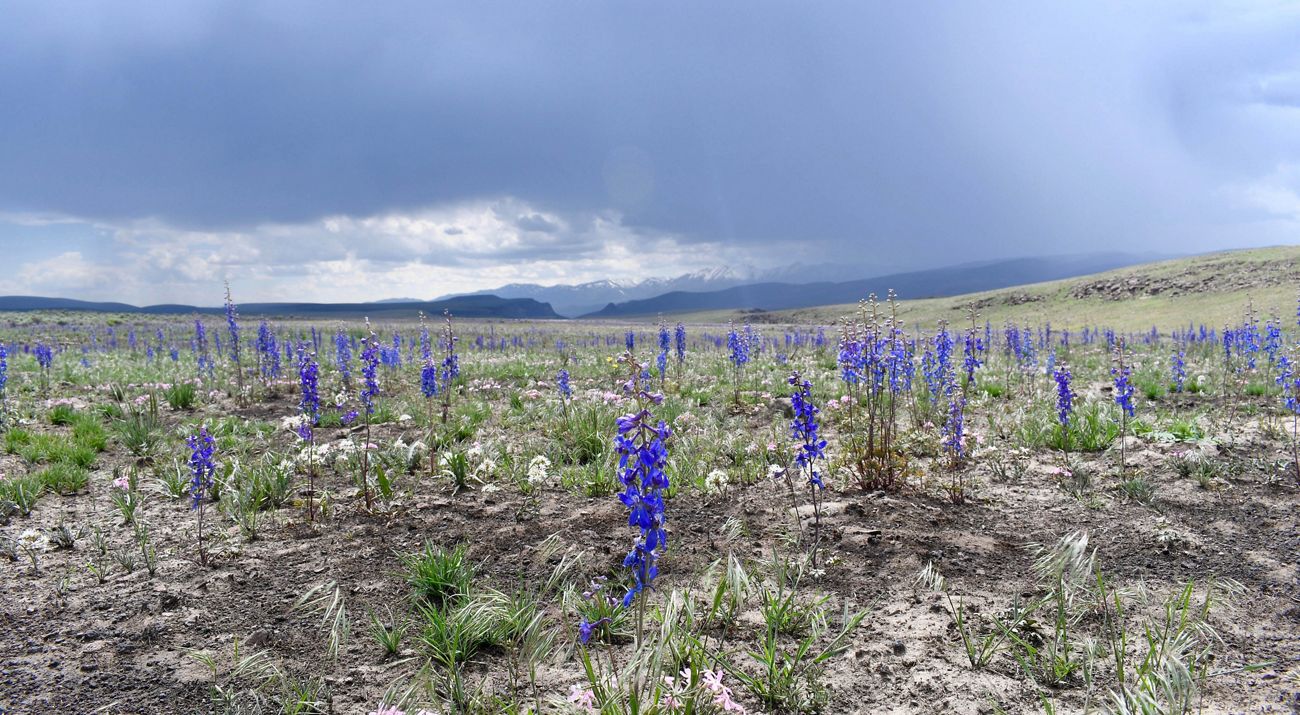
A surprising fact: a majority of native seeds planted in Nevada are not actually grown here. Most seeds come from sources outside the state, in other parts of the West and North America, often from places that differ from Nevada’s unique, dry climate.
But the Nevada Native Seed Partnership (NNSP) is trying to change that. The coalition of 11 agencies and organizations in Nevada, including TNC, has a mission to keep Nevada lands diverse and functioning by using the right seed in the right place at the right time, and a goal of creating an adequate supply of locally adapted native seeds that can meet Nevada’s restoration and rehabilitation needs.
Quote: Kevin Badik
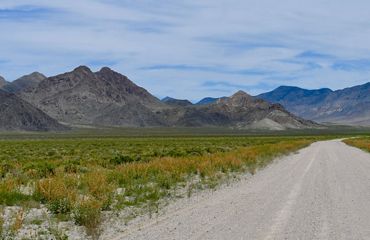
Using seed that’s locally adapted increases the likelihood that the seed will take and successfully establish.
“There are many ecological benefits of native seeds,” says Kevin Badik, rangeland ecologist for TNC in Nevada.
By increasing native seed use, we can create more materials for restoration, use less water, help prevent catastrophic wildfires and generate economic boosts for local growers, Badik says.
“Every native seed that successfully establishes is one less opportunity for cheatgrass to come in. It’s one more step in reducing extreme fire behavior,” he says. “Using seed that’s locally adapted increases the likelihood that the seed will take and successfully establish.”
A National Strategy and Partnerships for Native Seeds
Inspired by the National Seed Strategy, developed by the Plant Conservation Alliance in 2015 to address widespread shortages of native seed, three federal agencies in northern Nevada (Bureau of Land Management (BLM), U.S. Fish and Wildlife Service (USFWS), and U.S. Forest Service (USFS)) began having conversations in early 2016, laying the foundation for what is now the NNSP.
The partners came together to better understand the roles and abilities of each agency and the opportunities that could be created by working together to increase the availability of native seed in Nevada. Monthly meetings began in fall 2017, and the partnership has now grown to include TNC, Natural Resources Conservation Service, Nevada Department of Agriculture (NDA), Nevada Division of Forestry, Nevada Division of Conservation and Natural Resources—Conservation District Program, Nevada Department of Wildlife, University of Nevada—Reno (UNR), and Walker Basin Conservancy.
Quote: Kevin Badik
Every native seed that successfully establishes is one less opportunity for cheatgrass to come in. It’s one more step in reducing extreme fire behavior.
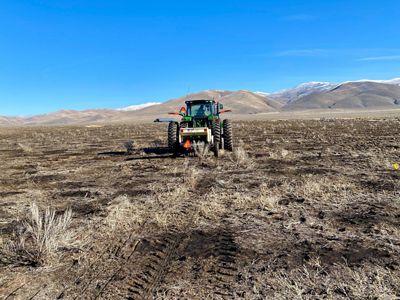
Native-Grown Seeds are Better for Restoration
Healthy native plant communities (sustained by native seeds) not only support humans and wildlife; they are “resilient and resistant to disturbances and are instrumental in combating some of our biggest ecosystem challenges such as drought, hurricanes, wildland fire, and invasive species,” says Sarah Kulpa, restoration ecologist and botanist for the U.S. Fish and Wildlife Service.
“We are trying to change how restoration is currently being done in Nevada,” Kulpa says. “This is quite ambitious, but the loss of the sagebrush ecosystem to wildfire and invasive or non-native species is what keeps me up at night. The loss of the sagebrush ecosystem would be devastating to Nevada’s wildlife, people, communities and economies.”
The process of increasing native seed availability starts with identifying a source population, such as seeds from wildland collections. Once enough seeds are collected, they are turned over to a farmer or grown in a small greenhouse to increase a bank of starter seeds, then given to another farmer to grow larger quantities in fields for use in restoration projects.
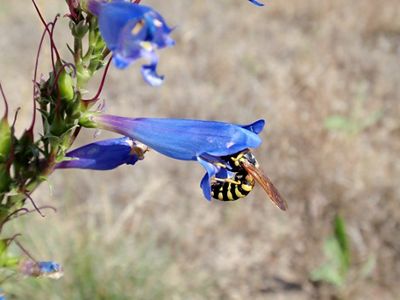
Beth Leger, a professor in the Department of Biology at University of Nevada-Reno, is working on finding the best native seed sources for use in restoration by identifying plant characteristics within populations that are more likely to grow in disturbed areas, and species and populations that are best for current restoration scenarios. This is accomplished through experimentation, and the results have been surprising, she says.
“We have found multiple lines of evidence that small plants survive better when doing restoration in disturbed environments. This was not what I expected, and it’s not necessarily what the world expects, because it’s very easy to think that bigger is always better,” Leger says. “We are also emphasizing using natural populations as restoration sources, rather than doing any selection or improvement that might reduce variation. Natural populations can be highly variable. Change is constant, and natural populations need to be able to evolve in response to that change; genetic variation is key for allowing populations to adapt and persist over the long-term.”
Quote: Beth Leger
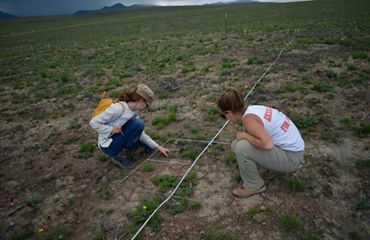
Establishing plants in the desert is a major challenge, but we have to try.
Developing Local Seed Sources
Now that the NNSP has a strategy and vision in place, the next steps will be doing more outreach, connecting with communities on the importance of native seeds, and raising awareness of the importance of investing in them in Nevada. This includes participating in the Nevada Native Seed Forum, an annual meeting first hosted by NDA in 2017, that connects growers with other native seed stakeholders.
“Our goals for the partnership are to help growers ensure Nevada will have the right seeds available at the right time to address the needs of restoration, reclamation, and rehabilitation,” says Meghan Brown, Plant Industry Deputy Division Administrator for NDA. “The NNSP supports the NDA’s mission to protect, preserve and promote Nevada agriculture by providing farmers with opportunities for diversification of production, providing the possibility of successful restoration and rehabilitation after wildfire for livestock operators, and creating important partnerships across the state.”
The partnership also supports the Nevada’s participation in TNC’s Innovative Restoration team, a coalition of six western states working to restore sagebrush habitat with innovative science and seed technologies.
“We could have all the seed technology we want, but if the seed is not available, it’s doesn’t matter. It’s not just about having seed, it’s about increasing the likelihood that each one will be successful,” Badik says. “We are looking for smarter, more efficient and innovative solutions to our restoration problems. We are exploring different ways we haven’t been thinking about before.”
“In the long term, if we are successful, we will end up with a flourishing native seed market, including Nevada growers increasing plants sourced from Nevada, and managers putting them out on the landscape where they are most likely to establish and persist,” Leger says. “Establishing plants in the desert is a major challenge, but we have to try.”
